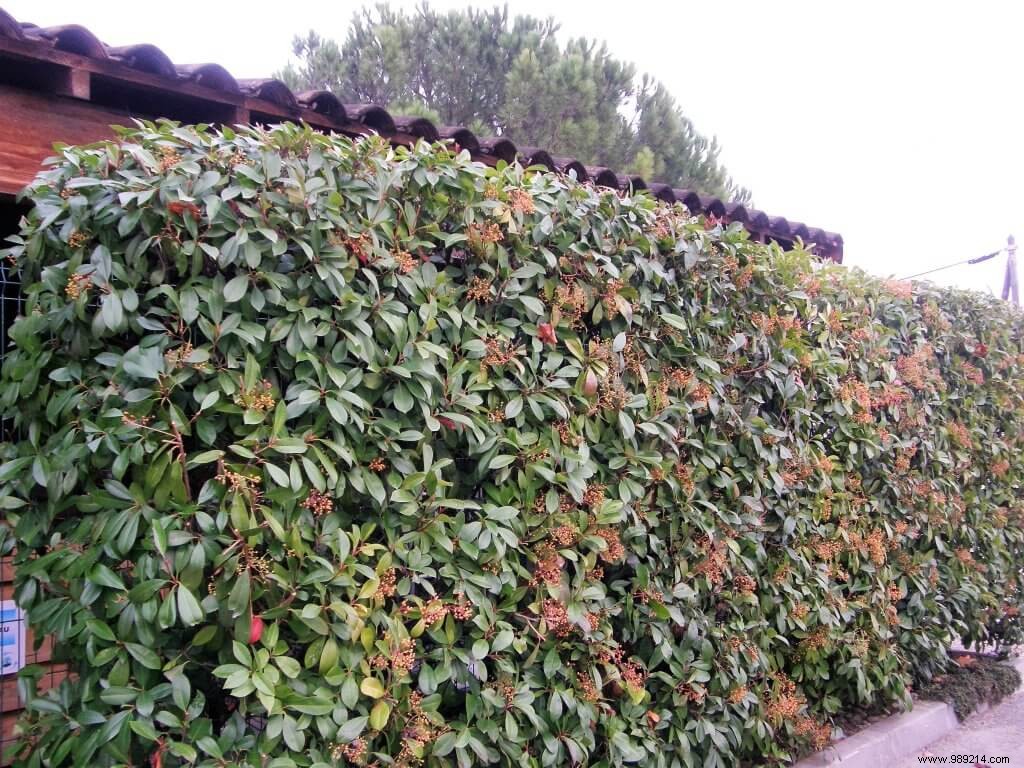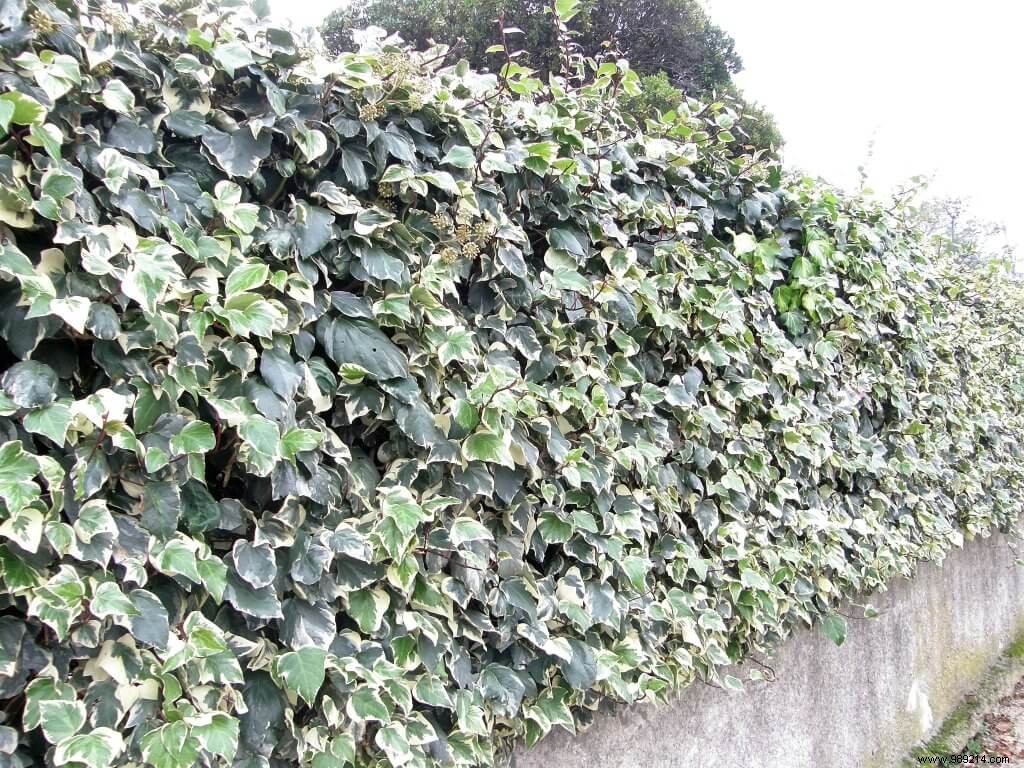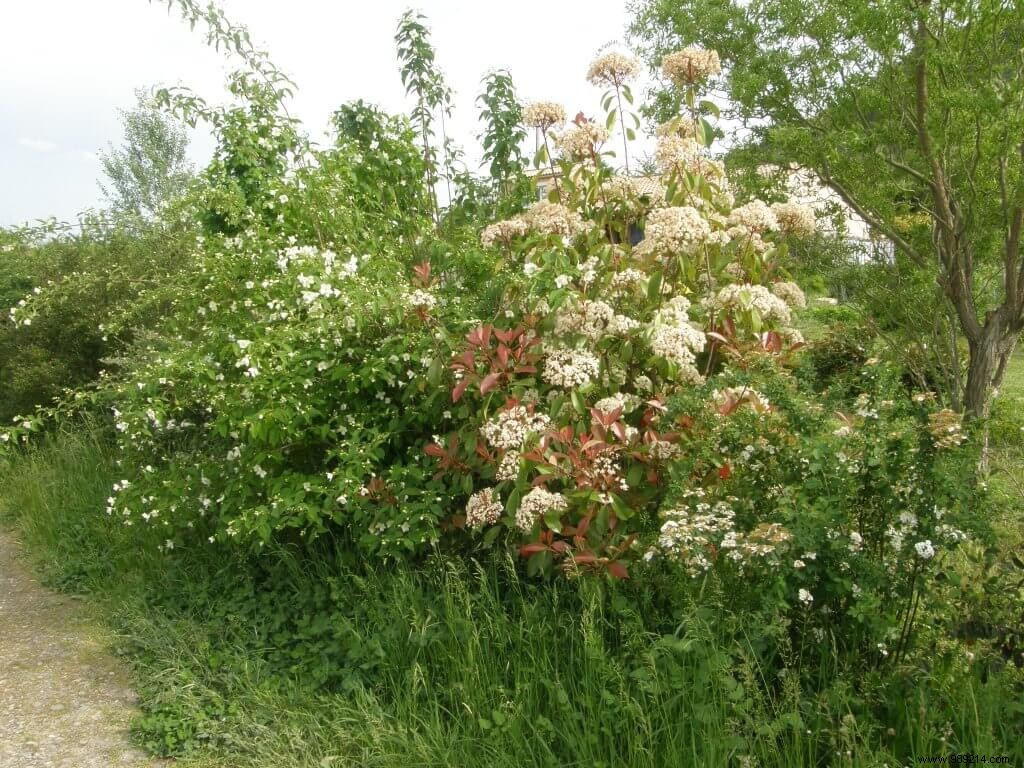What were the first plants planted in French gardens after the construction of the house was completed? Look no further, these are hedge plants. To delimit the property, to look pretty, to hide from view... whatever the reason, the hedge is a main element of landscaping.
Whether evergreen conifers, deciduous flowers or a clever mix of different shrubs, the hedge, an important constituent element, should not be neglected. The size of the hedge meets certain aesthetic, legal and even historical criteria. Let's see what it is about the hedge of this early 21st century
The monovarietal hedge is made up, as its name suggests, of a single variety of plant. We know only too well the hedge of cedar, privet, pyracantha, Leyland cypress, and, more recently, eleagnus or Photinia. These hedges have their pros and cons. Beauty being subjective, we will not make an aesthetic judgment here. Nevertheless, most of the monovarietal hedge plants mentioned above are fast growing and requires frequent sizing.
The monovarietal hedge of evergreen plants prune at least twice a year. We usually say the months in A, April and August. April, because the wood is growing, in full sap and healing happens quickly. Indeed pruning wounds are a great open door to certain pathogens such as viruses and fungi. The month of August responds in the same way to this second rise in sap, especially in the South. In addition, the wood is not yet "hardened", it is not yet woody, i.e. the shoots are not yet wood and pruning is easier with soft shoots.
Hedge trimming is done with shears or a hedge trimmer. For the latter, if it has a combustion engine (therefore a little heavy), prefer the pole hedge trimmer (we also say cane). The device is fixed on a harness and has an adjustable inclination of the blade. As a result, the top of the hedge can be trimmed without climbing a ladder. Ease, safety, and ergonomics.
If this task puts you off, for lack of technical skills or time, entrust your hedge trimming to a competent gardener.

Photinia Hedge

Marengo ivy hedge
The mixed hedge is made up of several species of shrubs, with deciduous or evergreen foliage, with flowers, with fruits… We cannot therefore generalize the size. It will be done with pruning shears, shrub by shrub, respecting a simple rule:plants that flower in spring should be pruned just after flowering . Those that bloom in summer are pruned at the end of winter , late February early March. Plants with evergreen foliage will see the blow of pruning shears in the months in A, April and August.

Mixed hedge, more choice of colours, heights and shapes than in a monovarietal hedge
Whatever tool is used, it will be cleaned and disinfected before and after each pruning to prevent the spread of any parasites.
And to complete your reading on the pruning of flowering shrubs, I recommend my article:mishmash of pruning